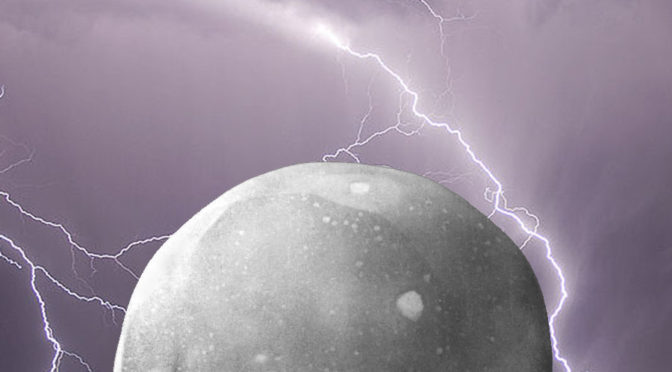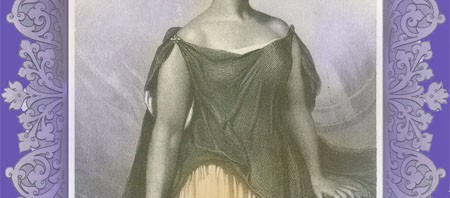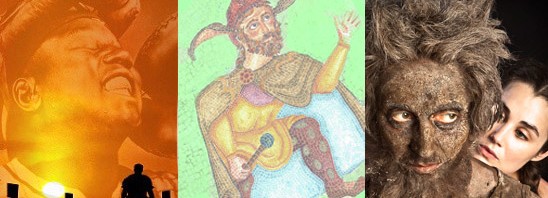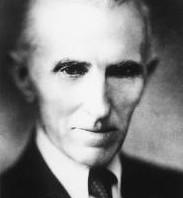Tag: new opera
-
Tesla’s Opera has a cover!
Tesla’s Opera: The Real, Stranger-than-fiction Nikola Tesla is moving toward publication! We now have a cover design for the book I’m editing, which uses the opera inspired by Nikola Tesla’s life as a door to widening our understanding of the visionary inventor. The opera Violet Fire, with a score by composer Jon Gibson…
-

Doctor Atomic’s blast zone
The latest production ofDoctor Atomic, the opera about the birth of the Nuclear Age by composer John Adams and director/librettist Peter Sellars, saw it coming “home” to New Mexico, where the story is set. In the process, it became a stunning, unrepeatable artistic event. I was lucky to see one of the…
-

More women in opera?
With all the great women’s roles in opera, from Aida to Norma to Tosca, bringing up the issue of increasing women’s role in opera could seem like begging the question. Or like the setup for a punch line—how many sopranos do you need to put on an opera? But at the…
-

Opera, Real and Surreal
“Opera permits us to go into a world that is not real.” This was spoken by Nicole Paiement, artistic director of Opera Parallèle, about halfway through a panel discussion of storytelling in opera at Opera America’s New Works Forum, held last week in New York. I was there because Judgment of Midas, the…
-

How Tesla kidnapped my imagination
There’s something about the inventor Nikola Tesla that has strongly attracted artists—much more than his arch-rival Edison, let’s say. Tesla’s amazing life and grand visions have pulled artistic creations from those he captivates—a stream of operas, music, plays, novels and stories, film and video. I know about this firsthand, because it…
